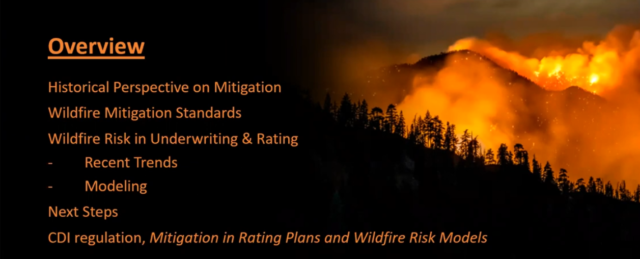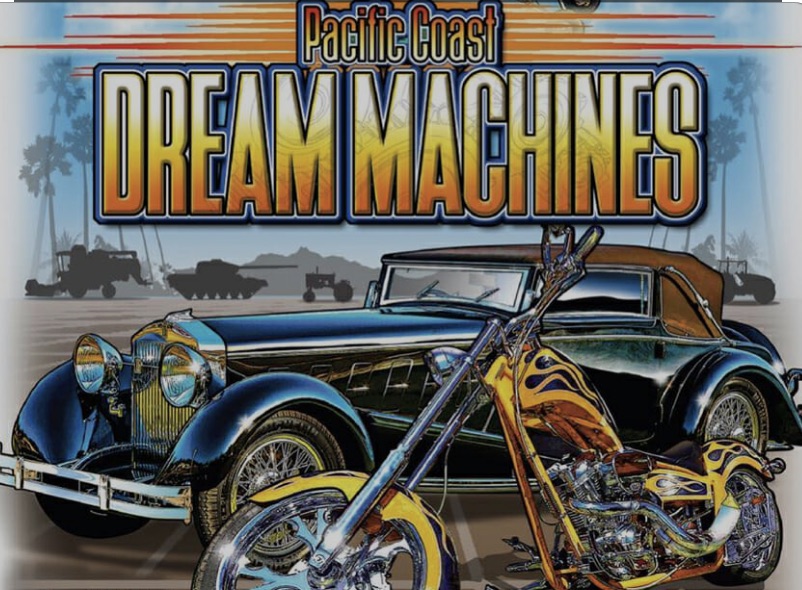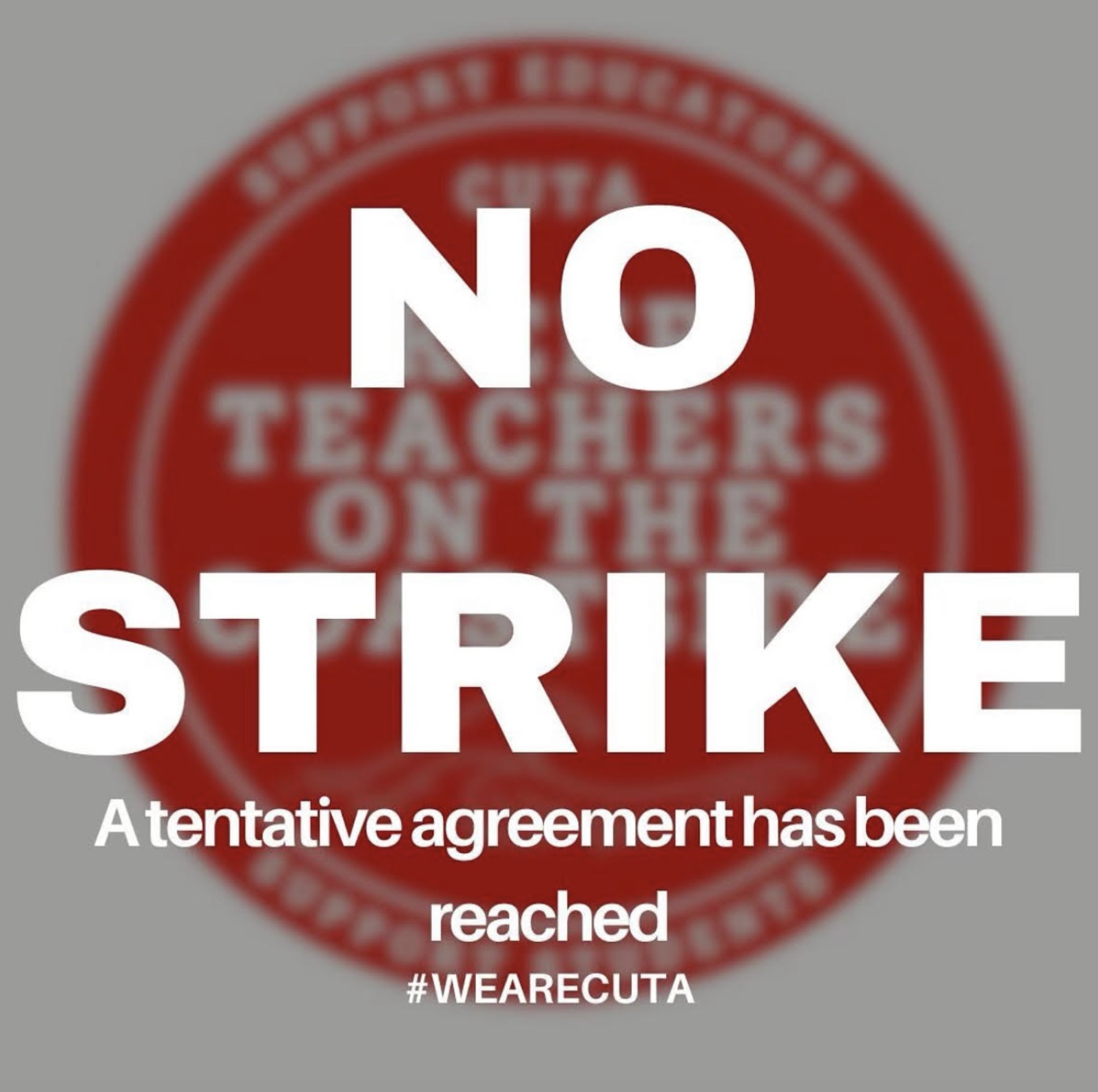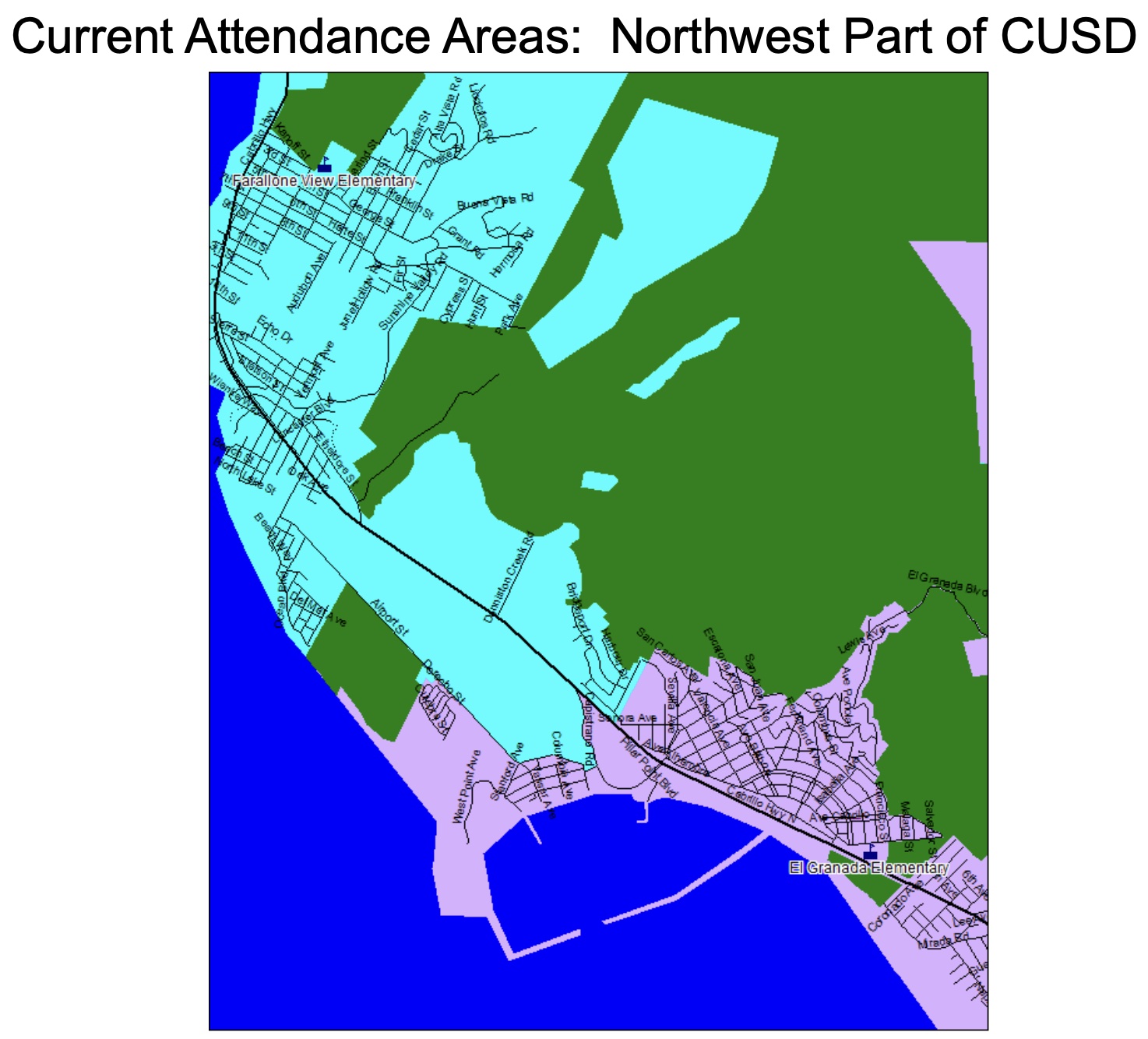|
Getting your Trinity Audio player ready...
|
OWN VOICE. ~ InPerspective by Gregg Dieguez —
Some of you may have heard in prior MCC meetings (e.g David Shew 7/13/22) that by forming a FireWise Community, you could save on your homeowners’ fire insurance. That hope is a step closer to reality with California’s new insurance regulations. I had heard about this insurance change at a Fire Safe San Mateo County meeting on Nov. 9th, but the speakers from the State merely READ material and did not hand out text to pass on. Just this morning Denise Enea, head of FSSMC, (thanks!) forwarded me an email with the information I have posted below in the body of this article. Since “the Homes are the Fuel” – as we know from the Paradise Fire, etc. – and since we live in the Wildland-Urban Interface (WUI), adoption of the measures below will not merely affect your insurance rates, but the survival of your neighborhood. A slide show on the need for and value of Firewise communities is available here.
From Denise Enea’s email:
Changes to homeowners insurance are afoot. The California Department of Insurance (CDI) instituted a new regulation on Oct-14-2022. Insurers have 180 days (until mid-Apr-2023) to submit new rating plans that give homeowners discounts for wildfire mitigation.
With the new CDI regulation, homeowner insurance rating plans will have to reflect:
- Community-level mitigation as evidenced by being a Firewise USA site in good standing
- The following property-level defensible space mitigations:
- Clearing of vegetation and debris from under decks
- Clearing of combustibles within 5 feet of the building
- Noncombustible fences and gates within 5 feet of the building
- Absence of combustible structures, such as sheds, within 30 feet of the building
- Defensible space as defined by town and WFPD ordinances
- The following home hardening mitigations:
-
- Class-A fire rated roof
- Enclosed eaves
- Fire-resistant vents
- Double pane (double glazed) windows or full shutters
- 6” of noncombustible vertical clearance at the bottom of exterior walls
In rating wildfire risk, the insurer is also allowed to factor in combustible fuels, slope, slope aspect, firefighter access, wind, and other building structural characteristics.
The insurer is required to inform a homeowner or applicant of their wildfire risk score, and what they could do to improve it. At this point, we don’t know if insurers will give credit for partial mitigation or will require that homeowners implement all of the above mitigations.

What will be the effect and when?
Recently, there have been two good webinars on the new CDI regulation (see youtube channels for United Policyholders and Fire Safe SMC). Consumers won’t know the regulation’s effect until after insurers submit new rating plans. An industry representative cautioned that it may take a year for homeowners to see change, as it will take the CDI time to evaluate and approve the rating plans. It is also possible that this regulation could cause more insurers to leave California.
The importance of Firewise
One thing is very clear: wildfire scientists and the insurance industry are recognizing the importance of community-level mitigation. That is why discounts for good Firewise standing are becoming common. Currently, with AAA insurance, you cannot even qualify for property-level mitigation discounts unless you are also in a Firewise community.
So listen to Fire Safe SMC president Denise Enea and the industry representative: start working on becoming a Firewise community now so that you will be ready when the new rating plans are approved in 2023. Learn how to get started in Firewise with WFPD and WPV-Ready here.
For more information:
For a press release announcing the regulation, click here.
To see the regulatory text, go to Westlaw and search for Title = 10 and Section = 2644.9
 More From Gregg Dieguez ~ InPerspective
More From Gregg Dieguez ~ InPerspective
Mr. Dieguez is a native San Franciscan, longtime San Mateo County resident, and semi-retired entrepreneur who causes occasional controversy on the Coastside. He is a member of the MCC, but his opinions here are his own, and not those of the Council. In 2003 he co-founded MIT’s Clean Tech Program here in NorCal, which became MIT’s largest alumni speaker program. He lives in Montara. He loves a productive dialog in search of shared understanding.





